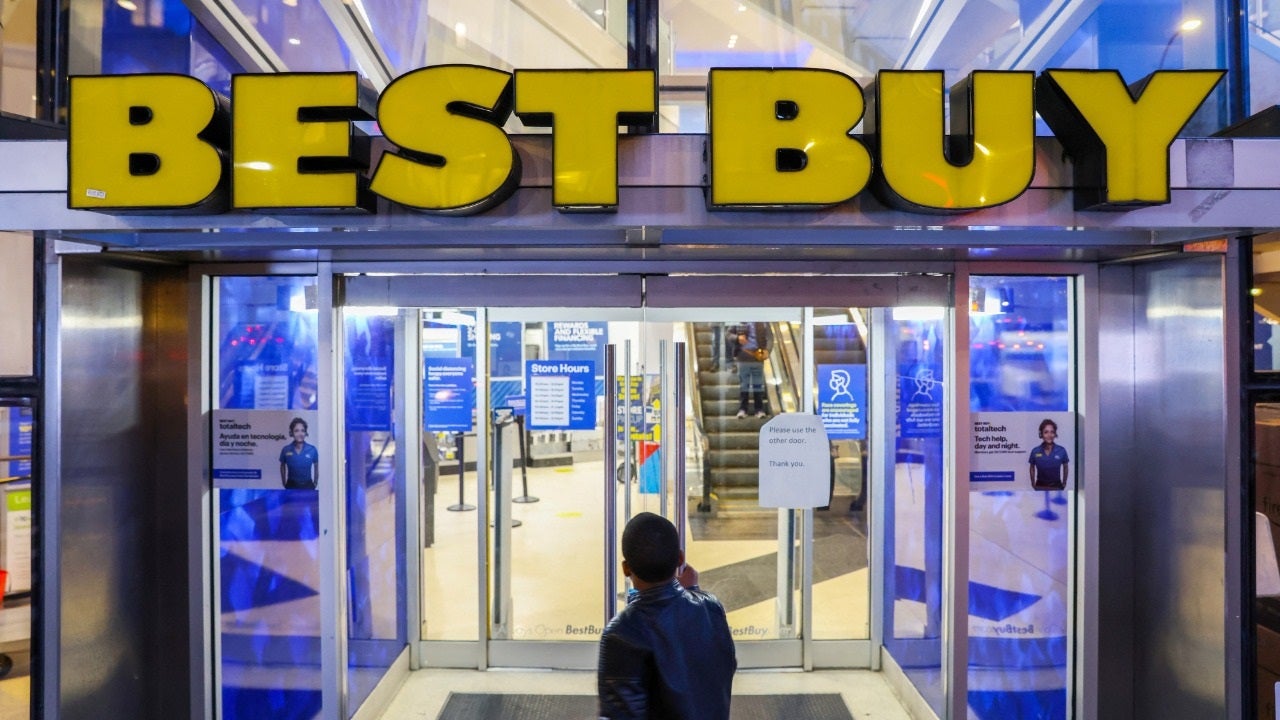Finance
Best Buy flags weakening consumer demand heading into holiday shopping season

Top U.S. electronics retailer Best Buy on Tuesday forecast a bigger decline in annual comparable sales and pointed to “difficult to predict” consumer demand, days ahead of Black Friday that signals the start of the holiday shopping season.
Shares, down nearly 15% this year, fell 5% in early trading as the company logged an eighth straight quarterly fall in comparable sales.
Elevated interest rates, a shift to spending on services from goods and a resumption in student loan repayments have further strained appetite for electronics and home-office products after a pandemic-led surge.
LOWE’S SEES STEEPER DROP IN ANNUAL SALES AS DIY DEMAND STUMBLES
“In the more recent macro environment, consumer demand has been even more uneven and difficult to predict,” CEO Corie Barry said in a statement.
The company is managing planned promotions to remain price competitive in an environment where consumers are very deal-focused and making trade-offs right for their budget, she added.
Retailers from Lowe’s to Walmart have warned of cautious consumer spending as the holiday shopping season gets underway. U.S. holiday sales this year are expected to grow at a slower pace, according to data from the National Retail Federation.
ABERCROMBIE & FITCH LIFTS ANNUAL SALES FORECAST AFTER UPBEAT QUARTER
Best Buy’s third-quarter revenue fell 8.2% to $9 billion in the U.S. as demand fell again across appliances, home theater, computing and mobile phones, signaling that higher discounts failed to entice shoppers.
“In our view, the business is still in a period of declines and it is too difficult to call the positive inflection point in demand,” Citi analyst Steven Zaccone said in a note.
Total revenue fell to $9.76 billion in the quarter ended Oct. 28 from about $10.59 billion last year, missing LSEG estimates of $9.90 billion.
Best Buy cut its annual comparable sales forecast to a range of 6.0% to 7.5% decline from a prior range of 4.5% to 6.0% fall, citing “challenging” November trends.
Read the full article here


















